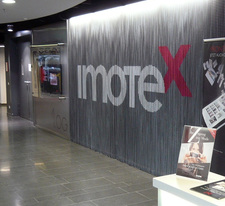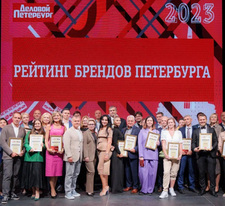Moscow is not being built right away
Analysts have estimated that almost half of the commercial real estate under construction in Russia is being built in the Moscow region. Construction activity has been gradually returning to Moscow and the million-plus cities since the beginning of 2019. According to expert reports, today it is in Moscow and the Moscow region that more than 40% of all retail facilities under construction are located. And this statistic will remain in the next 2–3 years: the focus of development activity will remain in the capital and in large cities, and the construction of new retail facilities in small towns will be a rare phenomenon.
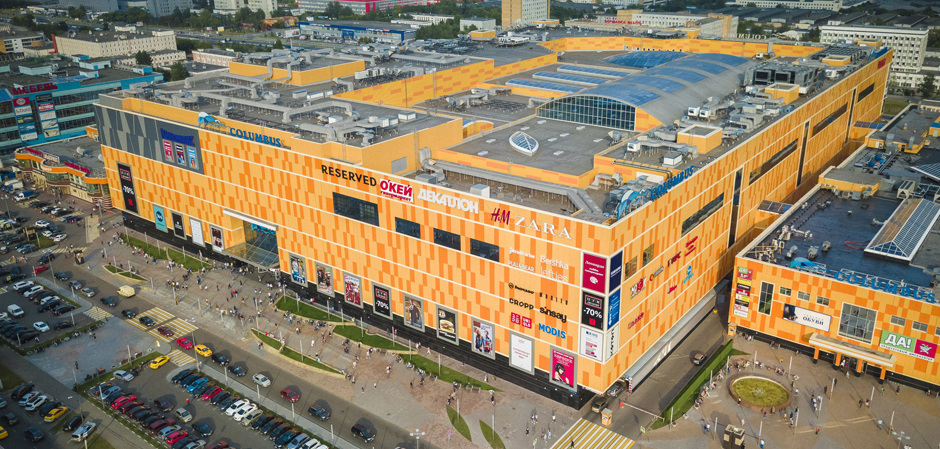
Over the past 5 years, construction activity in the retail real estate market has been distributed almost equally between cities of different sizes. If before 2010, retail facilities were introduced mainly in large cities (i.e. with a population of more than 1 million people), then in 2013 and 2018, the volume of commissioned areas in Moscow, million-plus cities, medium-sized and smaller cities leveled off.
"However, it will most likely not be possible to maintain this trend in the coming years," believes Tatiana Divina, Deputy Head of the Research and Analytics Department Cushman & Wakefield. In the current conditions, when the consumer market is shrinking and the consumer model is changing towards economy, development in small cities is becoming more risky, so the attention of developers returns to large cities again.
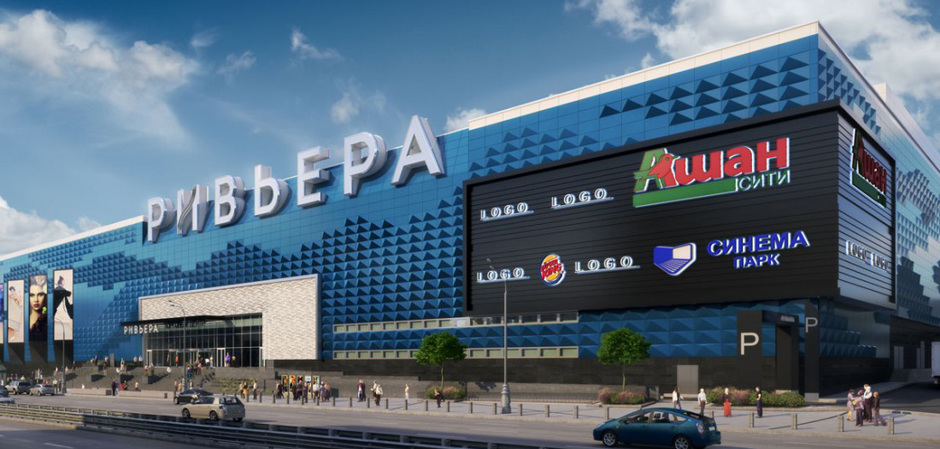
What is important at the same time: although the concepts of objects in different cities may be similar, but their attendance is seriously different. So, super-regional shopping centers (more than 80,000 sq. m. m of rented space) in Moscow and St. Petersburg attract an average of 20% more visitors than in cities with millions, which is about 19-20 million people a year. Small cities on average offer similar projects 35% less annual traffic (9-10 million people). That is why larger projects are being built in large cities, and in small cities they mostly have shopping centers with an area of less than 70,000 sq. m.
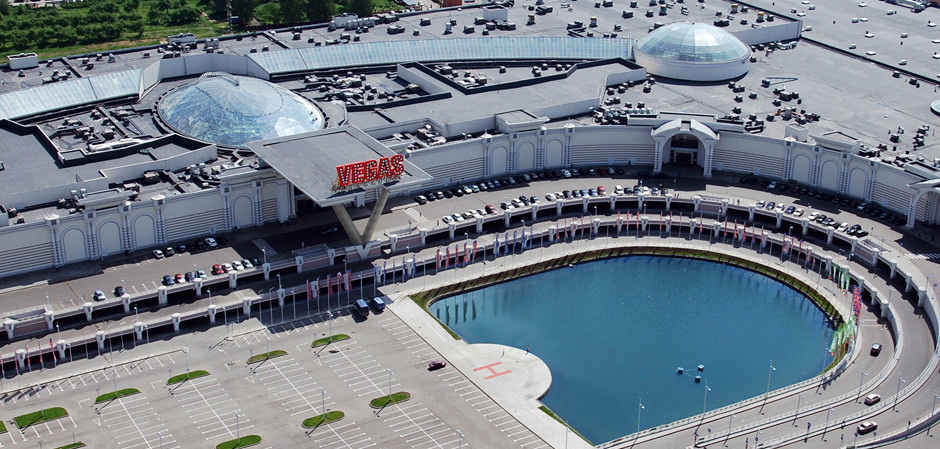
The attendance of the shopping center directly affects the sales and annual turnover of the stores located in it, which means that retailers are interested in a particular project.The smaller the city, the more local the composition of the operators of the shopping facility will be. That is why international retailers most often consider large cities first of all, especially with regard to the initial entry into the Russian market. AUCHAN, Leroy Merlin, Inditex group clothing brands, H&M or Uniqlo are the key tenants of most shopping centers. In medium-sized cities, federal networks prevail; in them «anchor» become «Tape», «Magnet», «About'key» or «Crossroads», and in The gallery's main operators are represented by Russian networks Sela, Tvoe, Zola, Ostin, etc. Small cities get regional and local players.
The capacity of small cities is much smaller than millionaires, saturation occurs much faster. The volume of new areas that were introduced in previous years was enough to cover the primary demand in the regions. Now there is a "preponderance" in the direction of cities with millions of people in the market again. Of the commercial real estate objects under construction, they account for almost 60%.
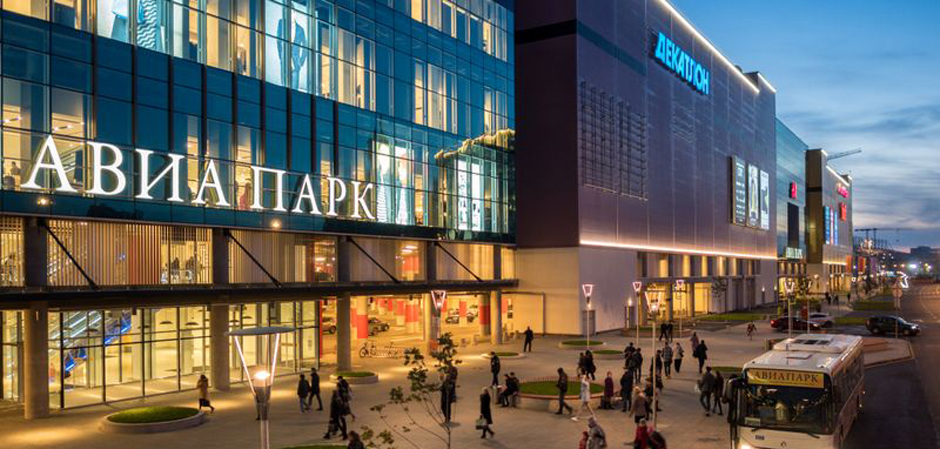
As for the vacancy rate, which is an indicator of the industry, it is decreasing in Moscow: at the end of 2018, it was 8.8%. At the same time, according to the sample of shopping centers opened over the past 5 years, the indicator decreased from 35% to 13%. And for the most successful shopping centers, the vacancy rate does not exceed 3-4% (among them there are both new and long-open shopping centers that are constantly adapting to new market realities). Thus, new projects are increasingly attracting the attention of retail operators, while less successful facilities are experiencing tenant rotation.
Author: Ekaterina Reutskaya
The text uses data from the analytical report#MARKETBEAT from Cushman & Wakefield
Photo: from open sources




